Bill D. (VA)
Silver Member
But not the kind I was looking for. This is a site I researched last summer that was high on my priority list. There was a mill at this location on the CW era maps, and I was able to trace occupation at the site back to the mid-to-late 1600s. The soybeans weren’t cut until late Jan for some reason, and I didn’t get a chance to knock on the door until a couple weeks ago. After getting permission I walked out in this small field and up the front face of this really nice looking knoll. At that point I started getting into a little bit of iron, and I was quite excited at the prospects for this place. But after 2.5 hours of hunting that first day the finds were extremely disappointing, and very few and far between. I almost wrote it off that day, but decided to go back for another visit this afternoon. Spent another 3.5 hours there and most of that time was spent gridding the top of the knoll. After finding virtually nothing there I slowly made my way down one of the sides of the knoll and eventually got a great hit in the low-to-mid 80s on my F75. And it was very deep too. I figured it was either a copper or a large silver coin. I finally threw it out of the hole after digging down 12” to recover it, and saw a large silver disk glaring through the sandy soil. I was hoping for a 2 reale or something comparable, but wasn’t real pleased when I saw that I had a SLQ. But it was in great shape with very sharp detail so all was not lost. A little later I dug parts of a 1600s buckle and 1700s barrel tap which confirmed the age of the site. I also found a spoon bowl that doesn't appear to be very old, but it does have an interesting mark on it. Anyone recognize that one? It’s like the place had been hunted to death, but the owner had told me he had lived there right next to the field for 40-50 years and had never seen anyone with a detector there. Guess I’ll try and hit it one more time before planting starts as there’s always the chance for a nice little cut piece to pop out at any time.
Amazon Forum Fav 👍
Attachments
Upvote
11


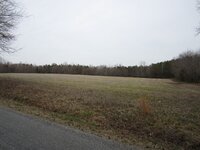
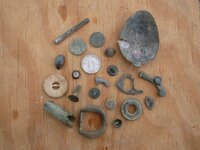
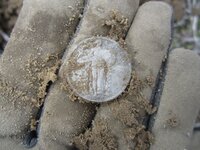
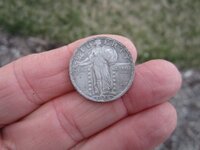
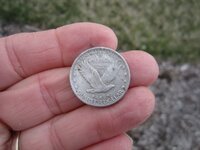
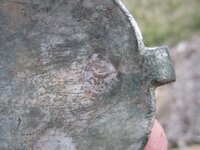
 HH, Herbie
HH, Herbie











